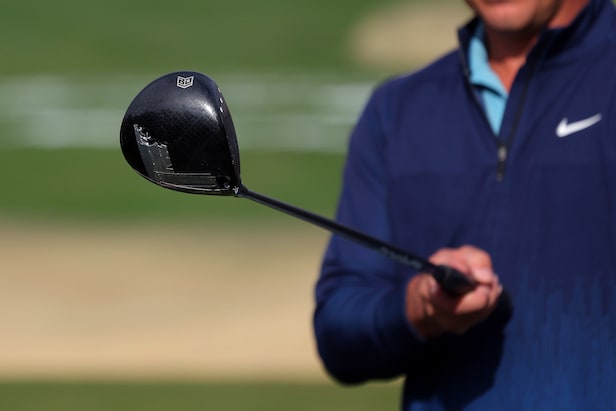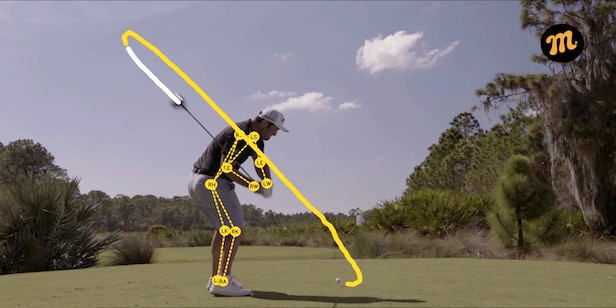Tour Edge Exotics 725 drivers: What you need to know – Australian Golf Digest

- by Admin
- October 1, 2024
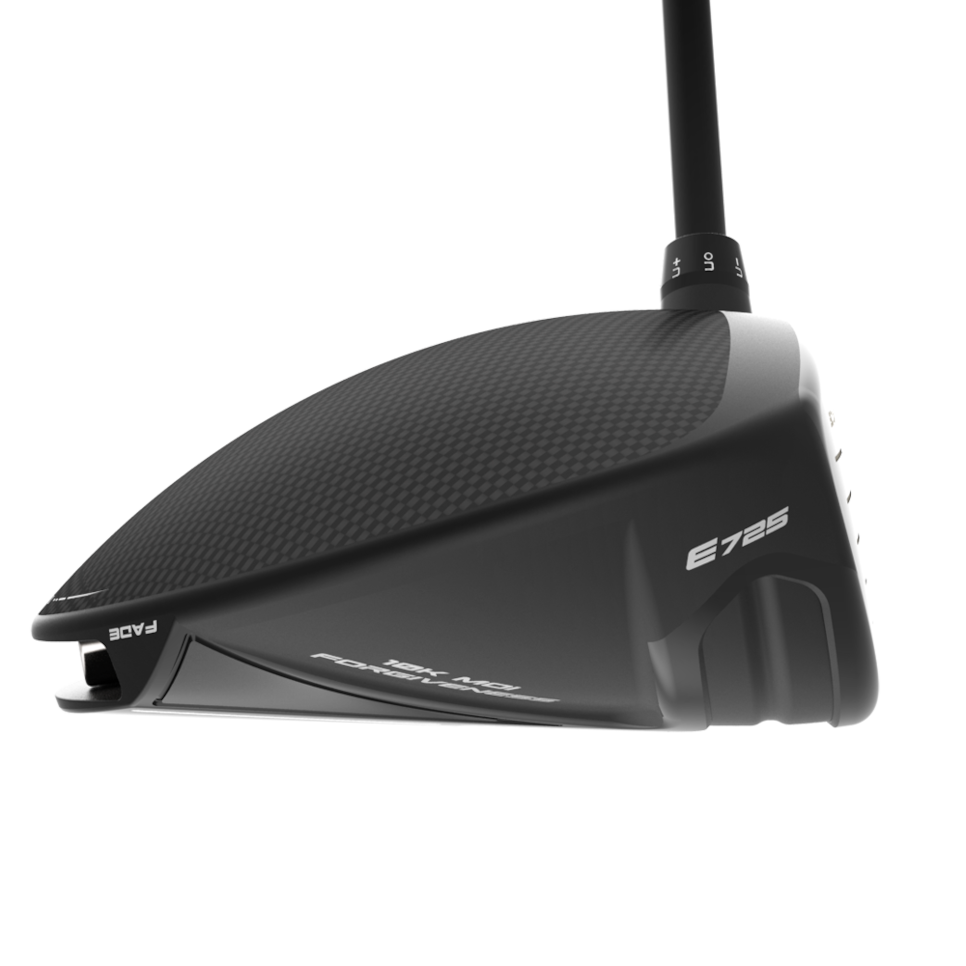
WHAT YOU NEED TO KNOW: The Tour Edge Exotics 725 drivers, E725 and C725, provide two new takes on forgiveness and low-spin, respectively. The ultra-oversized E725, with a deep rear sliding weight, sets a new standard for forgiveness for the company, featuring a combined heel-toe and up-down moment of inertia (stability on off-center hits) of 10,000 grams-centimeters squared. The more compact C725 also incorporate a rear perimeter titanium ring for increased perimeter stability, but it yields a lower-spinning flight thanks to a slightly more forward CG location.
Exotics E725
PRICE: The Exotics E725 (9, 10.5, 12 degrees; adjustable) and C725 (9, 10.5 degrees; adjustable) drivers are available for pre-order beginning Oct. 15 and will be available in stores and for custom fittings starting Nov. 1. $400.
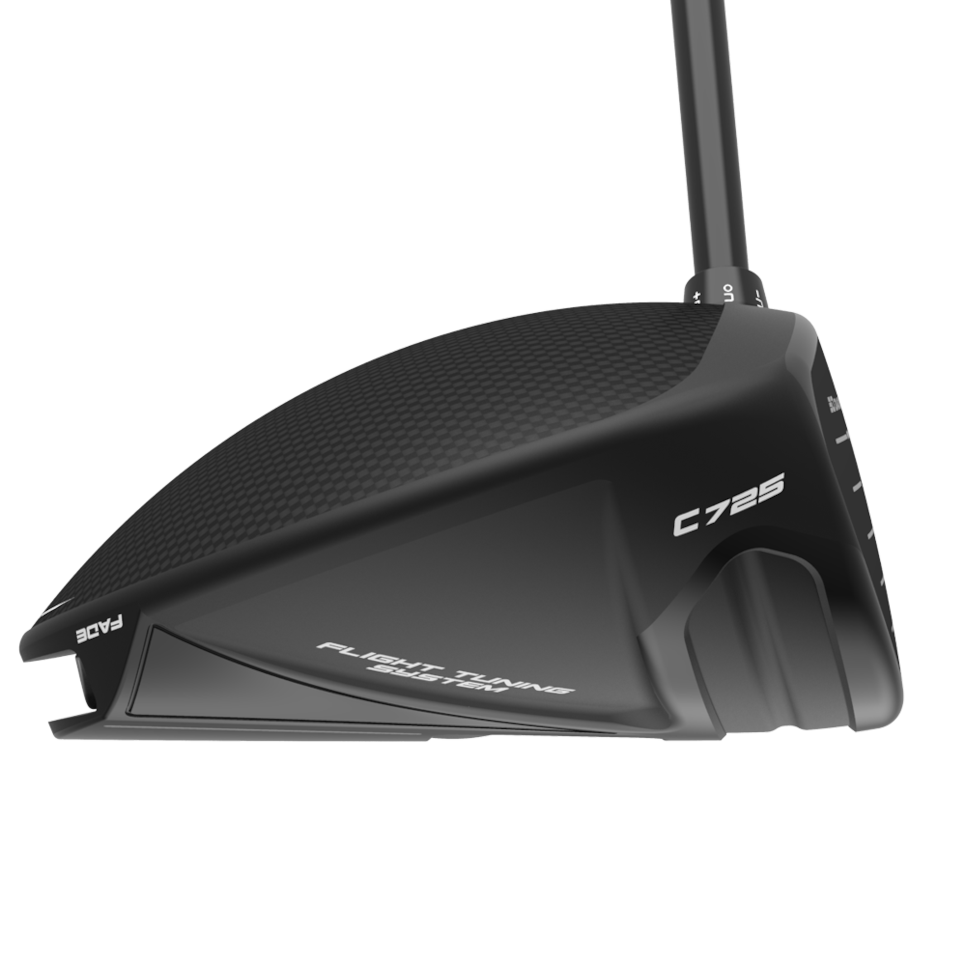
Exotics C725
3 COOL THINGS 1. Higher and higher
The Exotics 725 drivers, specifically the E725, join the ranks of drivers to exceed the apocryphal 10,000 MOI barrier for ultra-high forgiveness. MOI, or moment of inertia, is a concept in physics that deals with how much an object resists twisting. In golf clubs, it basically has to do with reducing the amount of ball speed lost on an off-center hit. The USGA set a limit of 6,000 grams-centimeters squared for how stable a club can be in the heel-toe direction, but several manufacturers also factor in how stable a club is in the crown-to-sole direction. Combining the two MOIs, these ultra-high forgiveness drivers have broken the 10,000 barrier.
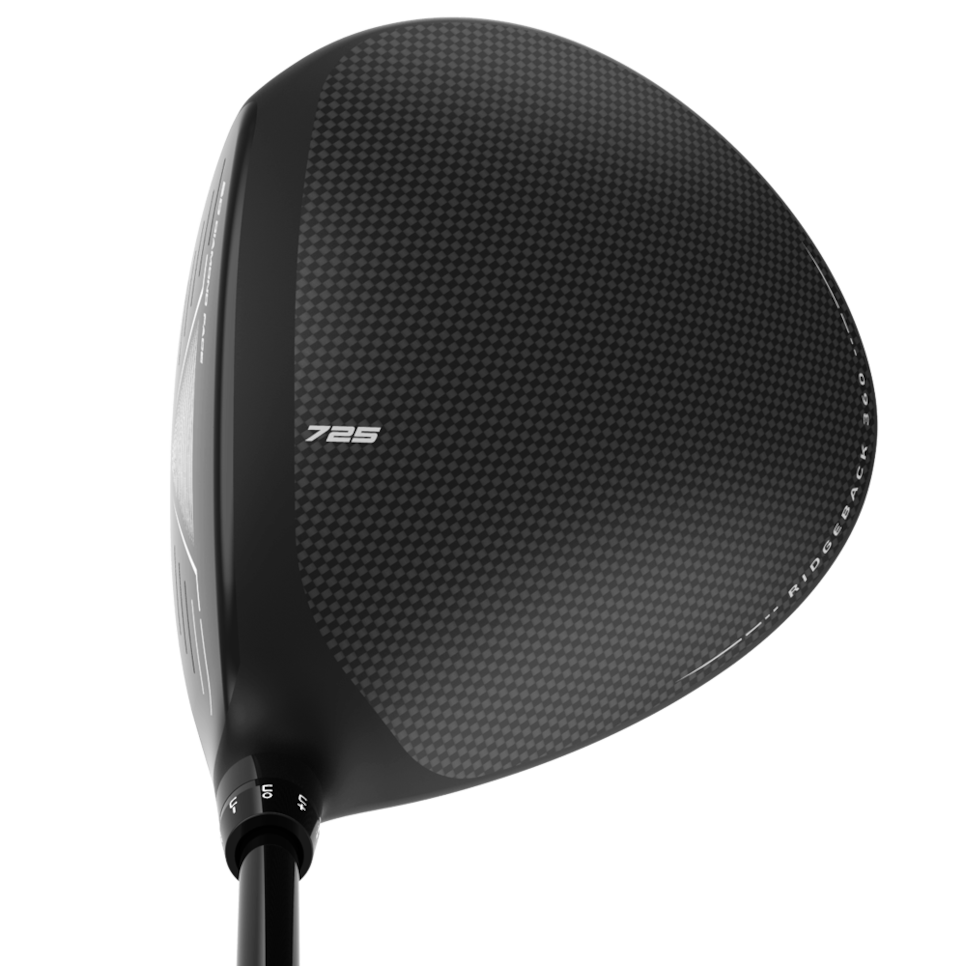
Exotics E725
Now the Exotics E725, the larger of the two models, also exceeds that figure. The E725 uses a larger frame and a weight-saving carbon-composite construction that covers 22 percent more area than in its predecessor, the E723 driver. The result is the highest MOI measurement in company history, and one of only three mainstream drivers on the market to exceed 10,000 MOI. (Ping with its G430 Max 10K and TaylorMade with its Qi10 Max are the other two.)
The E725 got there by redesigning the so-called “Ridgeback” feature of its previous models, which was a central raised area running from front to back. On both the E725 and the more compact C725, that feature is reconstituted in a ring around the extreme perimeter surrounding a larger carbon-composite crown insert. That helps to push the heads’ center of gravity farther back from the face for more stability.
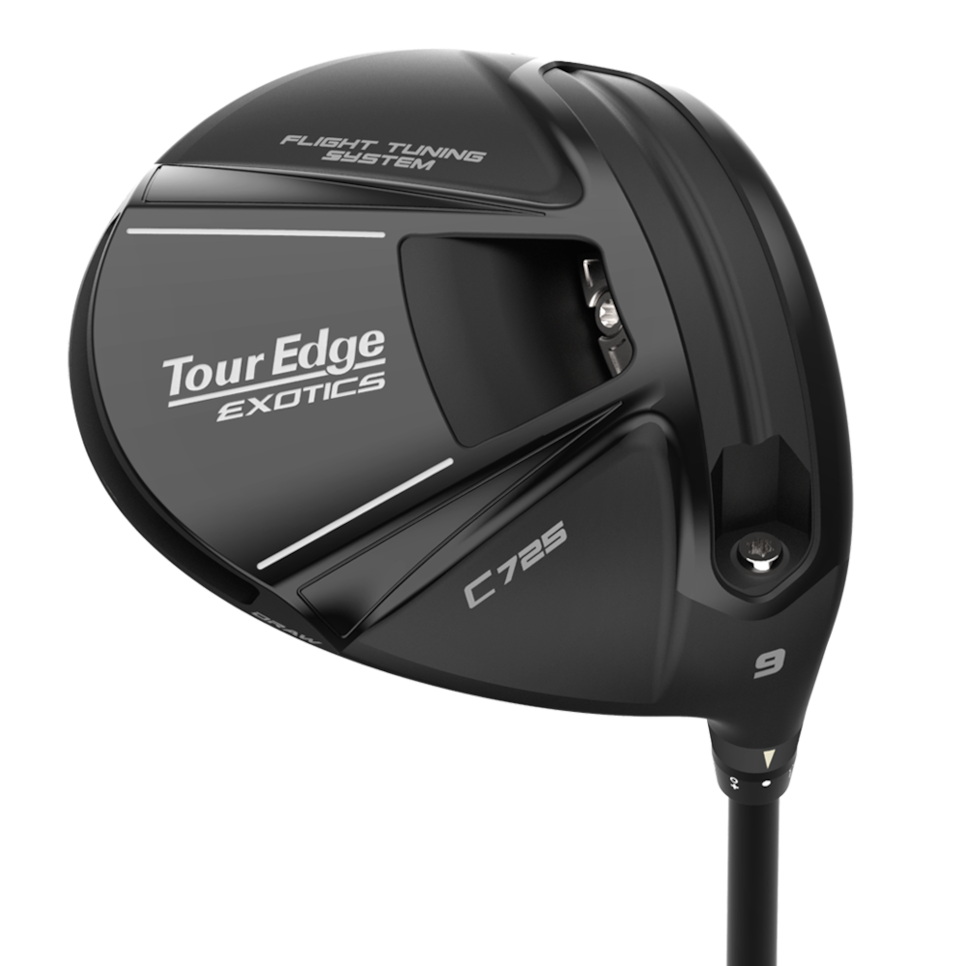
“There’s no question that the ridge in the center was working for enhancing our heel and toe to flex a little bit more,” said Matt Neely, Tour Edge’s vice president of product development. He pointed to the face design, a channel towards the front of the sole and an internal front weight pad as contributing to the potential of maximum ball speed. “But taking it away gave us a little more flexibility with where we could put the weight to get us more forgiveness. So all of these things are working together to give us that full-face forgiveness.”
More From Golf Digest 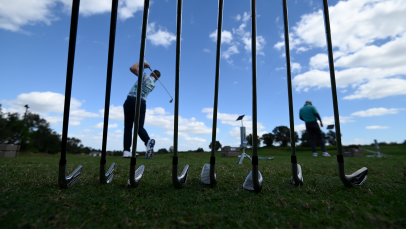 Hot List 2024 Hot List: Complete reviews for all the best new golf clubs and equipment
Hot List 2024 Hot List: Complete reviews for all the best new golf clubs and equipment 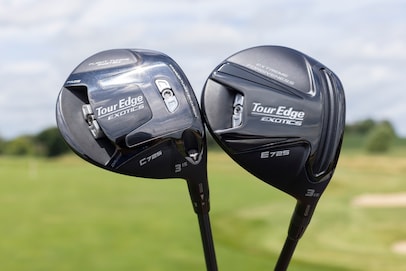 Equipment Tour Edge Exotics 725 fairway woods, hybrids: What you need to know
Equipment Tour Edge Exotics 725 fairway woods, hybrids: What you need to know 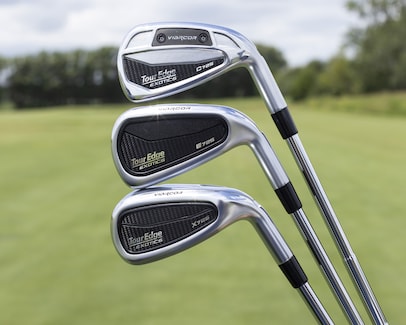 Products Tour Edge X725, E725, X725 irons: What you need to know 2. Diamondized
Products Tour Edge X725, E725, X725 irons: What you need to know 2. Diamondized
Like several past Exotics drivers, the E725 and C725 both incorporate a variable face-thickness design that uses diamond-shaped indentations through a forging process to create better flexing across the entire face. That design concept utilizes 60 different diamond shapes that range from 2.7 to 2.1 millimeters in thickness, but it has been further enhanced by a more precise rear milling pattern on the titanium face insert that provides an additional three to four grams of weight savings.

“We felt really good about our face performance and ball speed with the diamond face pattern in the past,” Neely said. “The big thing we were able to get with this new design was the weight savings. And if we could do that without compromising anything from a ball-speed standpoint, that was going to be a win for us.
“Our goal was to achieve the same deflection or better while also having lower stresses on the face.”
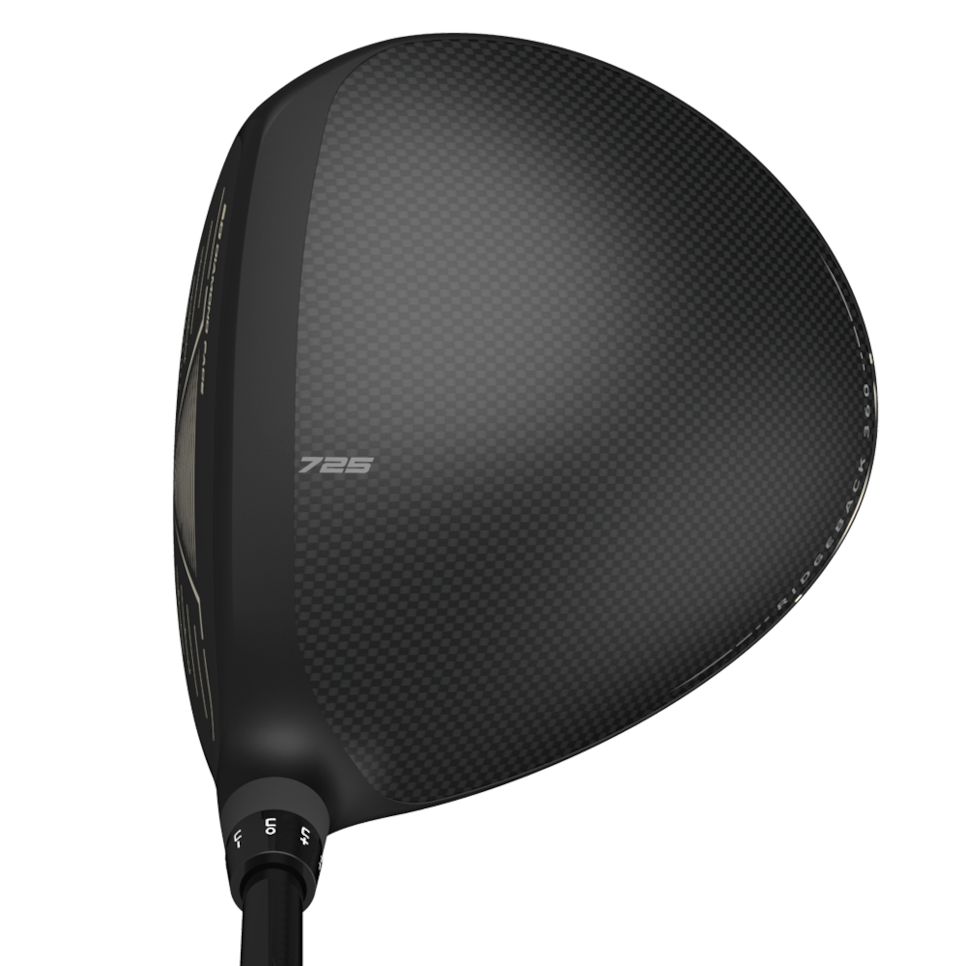
Exotics C725
3. Tuning in
Both the E725 and C725 models feature a rear weight track that shifts a weight to center, heel (draw) and toe (fade) weight positions. On the E725, it’s an 18-gram weight, while the C725 uses both a front five-gram weight in the sole and the rear weight of 15 grams. This makes the C725 a lower-spinning alternative to the E725. The C725 also is more compact (450 cubic centimeters) and is more of a favorite among PGA Tour Champions players playing Tour Edge clubs than the E725. Even so, Neely said the C725 is plenty stable, as well. That includes a center of gravity that is eight percent farther back and five percent lower than in the C723 drivers for more forgiveness and lower spin.
This article was originally published on golfdigest.com
The Latest News
-
December 22, 2024India boycott press match after media battles
-
December 22, 2024Australian Open runner-up Zheng out of United Cup
-
December 22, 2024Nick Kyrgios results: Australian defeated in long-awaited comeback | Sporting News Australia
-
December 22, 2024China’s Olympic medallist Zheng to skip United Cup to stay fresh for Australian Open
-
December 22, 2024Zheng Qinwen to Kick Off 2025 Season at Australian Open | Sports-Games



